Mushrooms in the Desert? I Have Pictures!
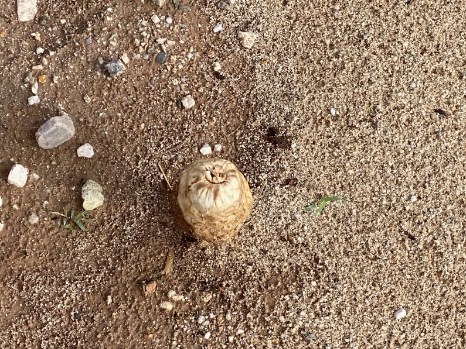
Living in the Sonoran Desert, I don’t often see mushrooms. Sometimes, fungus appears on the trunks of dying trees, but that’s not often. This year, Tucson has had a very wet monsoon season, which is wonderful after years of severe drought. Along with the greening of the vegetation, the abundance of rain has brought forth […]
A Spectacular ‘Bloom Night’ 2021 at Tohono Chul Botanical Gardens
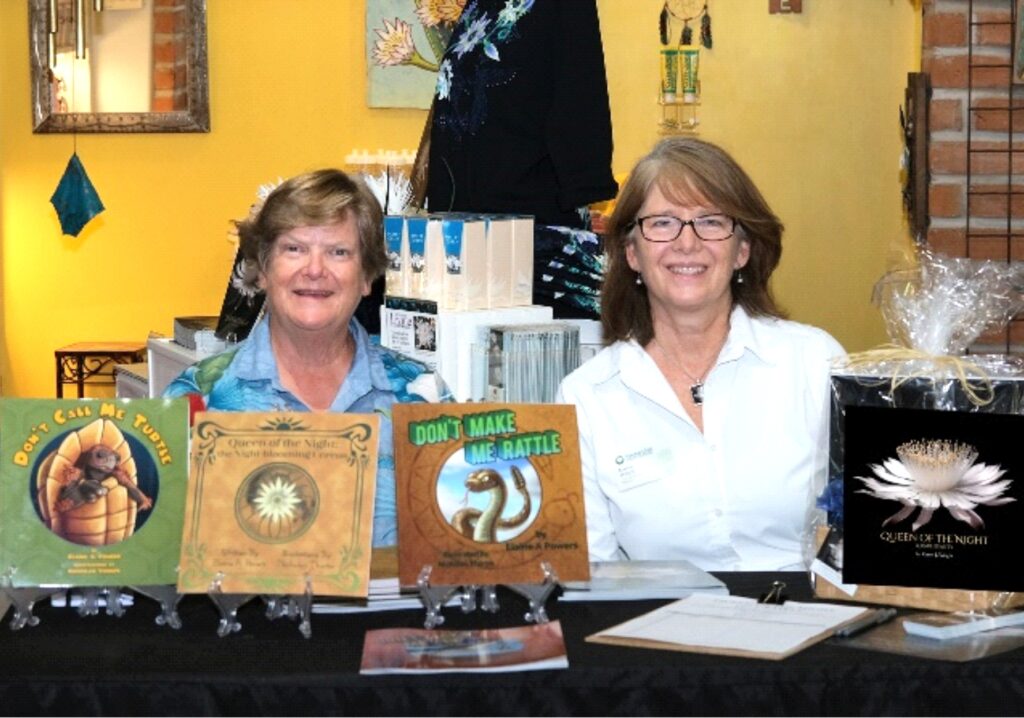
The Night-blooming Cereus had to bloom all alone in the summer of 2020, but this year, they opened in all their glory for the visitors at the Tohono Chul Botanical Gardens on June 30, 2021. Just prior to the 2019 blooming, I published my book, Queen of the Night: The Night-blooming Cereus. I wrote this […]
Come Out and See Me at a Book-Signing on Cereus Bloom Night
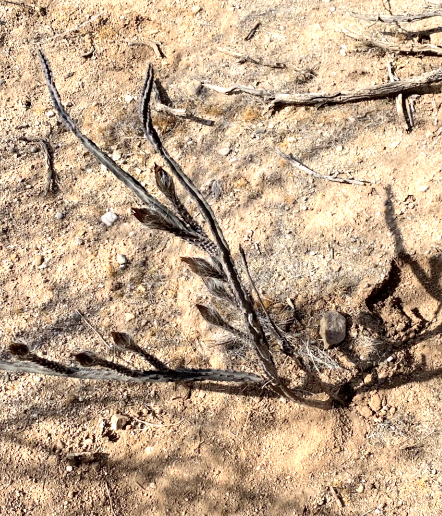
On a recent walk in a Sonoran Desert wash, I came across the plant pictured above. I think it may be a night-blooming cereus, Peniocereus greggii, the first one I’ve seen in the wild. I don’t believe it’s dead—these plants look like sticks in the Sonoran Desert. I have seen many night-blooming cereus plants and […]
You Know You’re From Arizona When . . .

You might be familiar with these Fun Facts posted on Facebook by Brad Snyder in 2013. They are still very true today, and I’d like to share a bit more about these interesting and fun topics. Book Note: I am fascinated by animals and plants and truly enjoy having them all around me. I have […]
Brittlebush Can Take the Heat!
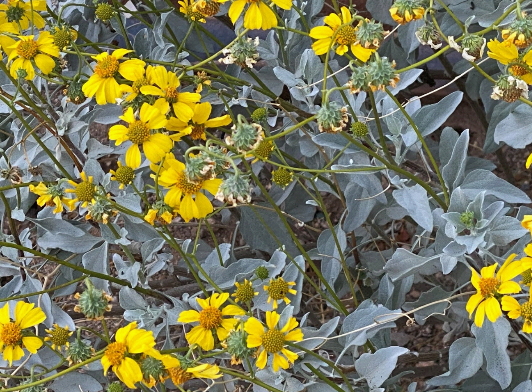
One plant that has always amazed me in the Sonoran Desert is the Brittlebush. No matter how little rain falls nor how hot it is, this bush produces a lush crop of flowers. Brittlebush, Encelia farinose, is a bush native to the Sonoran Desert and is a member of the sunflower family. The leaves are […]
Birds Do It, But Wow!
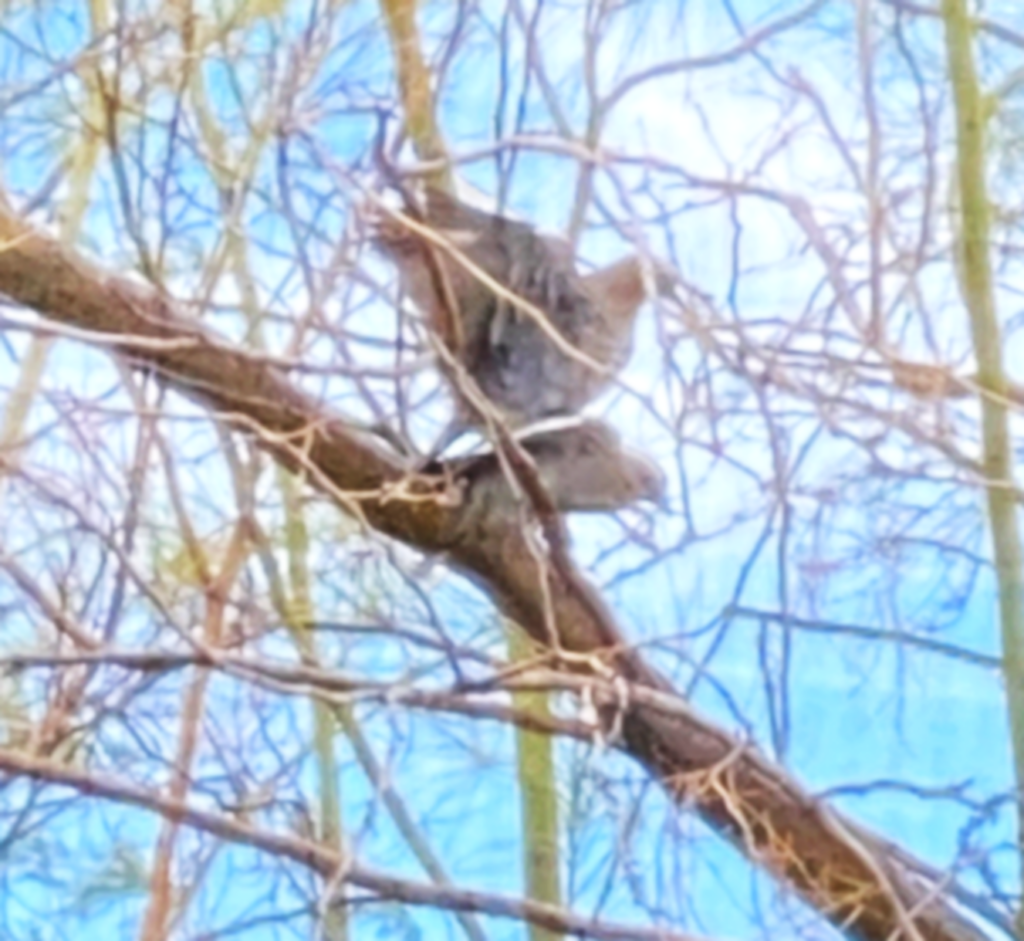
In the Spring, avian hearts turn to thoughts of love, or at least, to mating. Songs have been written about it. Cole Porter croons, “Birds do it, bees do it.” But have you ever thought about how birds “do it?” Recently, I realized that a couple of white-winged doves, Zenaida asiatica, were getting together on […]
The Very Tall Octopus Agave Plant
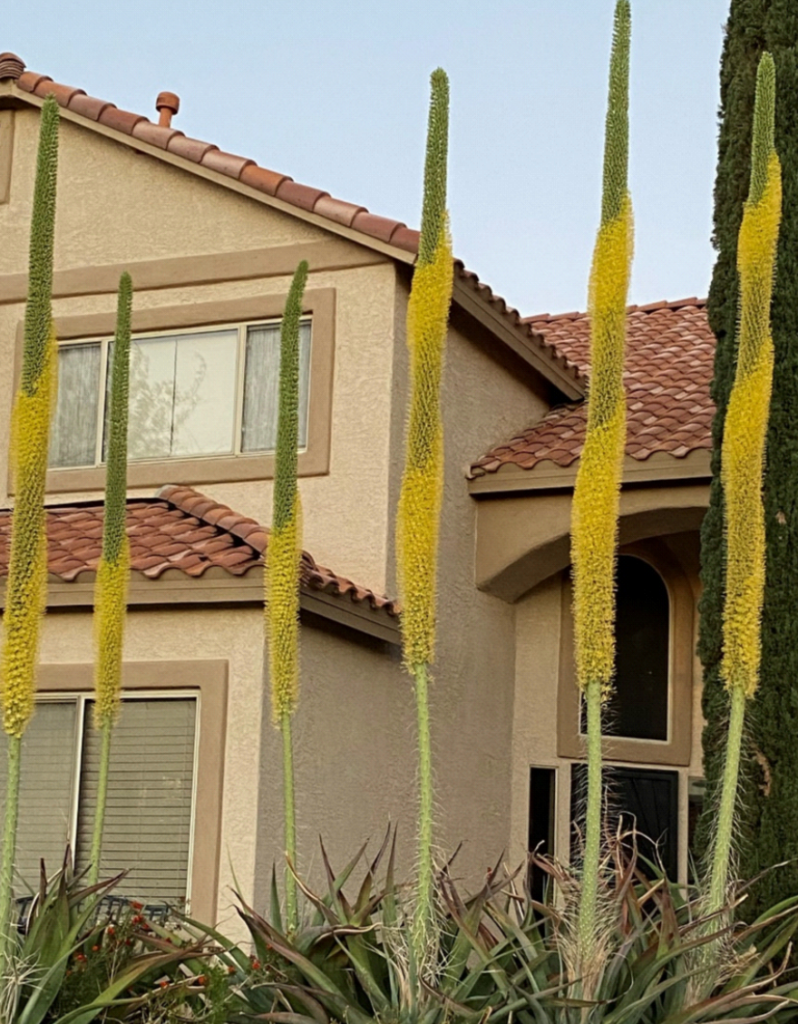
I saw these magnificent agave’s in the neighborhood where my chorus practiced outside. I was astounded by the height of the flower stalks that passed the second floor’s windows. I had to know what plant they were! They are Octopus Agave, Agave vilmoriniana. These plants are native to northwest Mexico, so it’s not surprising they […]
Tomorrow is Earth Day!
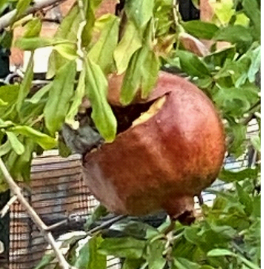
What are you doing tomorrow to celebrate Earth Day? April 22, 2021 is National Earth Day, which, as you probably know, is an annual event to support environmental protection. The goals are to educate people about protecting the world and to learn more about local and global environments. It is a day to realize that […]
Little Cactus, Big Flowers
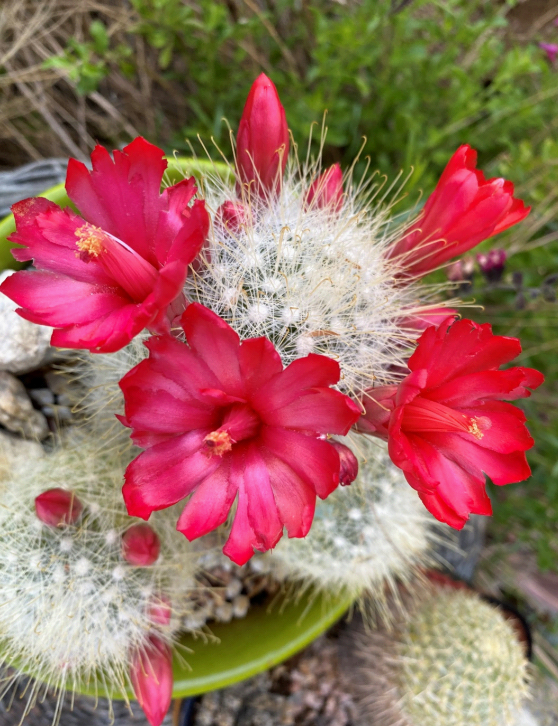
Usually, author Jo Busha writes the blog posts on plants, but one of my potted cacti inspired me to share this magnificent plant with you. Last year, a friend gave me this trio of the cactus, Mammilaria senilis. This mammillaria is native to northern Mexico, growing on moss-covered boulders in high altitude pine forests. I […]
There’s a Rainbow in that Dying Cactus
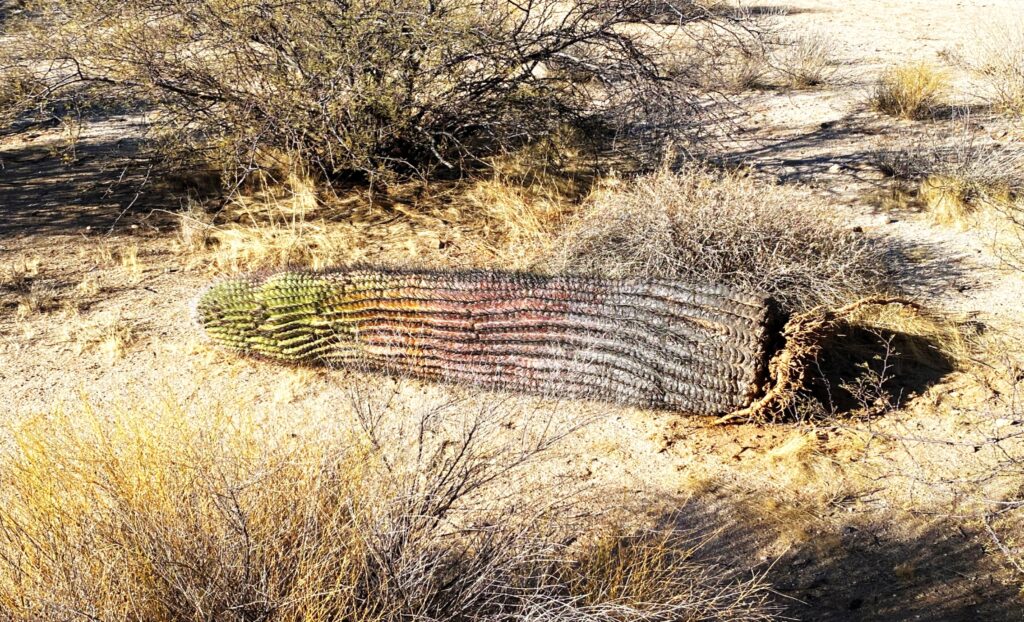
The saguaro pictured above is dying. I was curious about where the colors were coming from. I learned the green color in the photo above is, of course, from chlorophyll; the orange is carotenoids and the purple in the rainbow is betacyanins. Plants live and die like all living organisms. Some die of old age, […]
You Know You’re From Arizona When…
The Marshmallow: Not Merely Fluffy Sugar
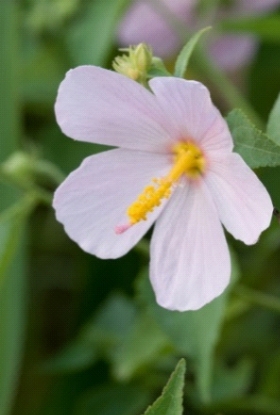
In a previous blog, I related a story how even in my early years, I was working to keep wild alligators away from people food with stale, very hard, marshmallows. This occurred on Sanibel Island, FL. Have you ever thought about where marshmallows come from? My marshmallow story took place on Sanibel Island, FL, where […]
